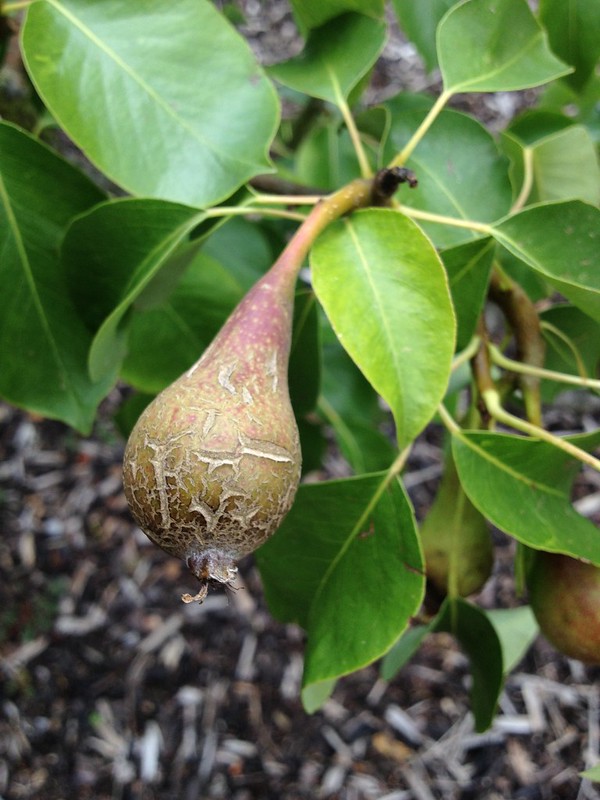As the coursework for my RHS Special Option Certificate in Fruit and Vegetable Cultivation included a dissertation, I took the opportunity to explore a topic that I had at heart:
Breeding for biodiversity and sustainability with the help of the public.For the last year in fact I have been supporting the launch of a collaborative breeding project for oca (Oxalis tuberosa) in the UK: the Guild of Oca Breeders. Oca is an Andean crop which starts tuberising when days get shorter at the end of the summer. However, in temperate climates, the underground growth of the tuber is checked by frost, which kills the leaves above the ground. The same was the case for potato when it was first introduced in Europe, before day-neutral varieties were bred. The Guild aims to breed oca, which is a delicious tuber, along the lines of potato breeding. Because breeding is a resource-intensive process, and since there is little or no commercial interest in sponsoring it for oca, the project wants to mobilise the help of volunteers.
The case of Oxalis tuberosa.
As I engaged with the various aspects of the project, I realised that a great deal of interesting topics had to be touched upon:
- the relationship between culture and agriculture: people, plants and the land;
- the breeding requirements for small and sustainable growers: resilient, locally adapted varieties, rather than uniform crops suitable for shipping around the world (which are favoured by "conventional" industrial agriculture)
- the intricacies and costs related to plant breeding rights and their impact on access to seeds;
- issues of financial viability for small breeders and the opportunities from the "citizen science" movement.
Here is the table of contents:
Introduction
Putting the culture back into horticulture
- Edible crops for the future
- Sustainability, knowledge and culture
- Biodiversity for resilience
- Issues with current breeding methods and legislation
- Breeding for low input and marginal lands
- Participatory Plant Breeding
- Citizen science, open source, open data
- Oca a crop for the future
- Small scale oca breeding
- The Guild of Oca Breeders
References


